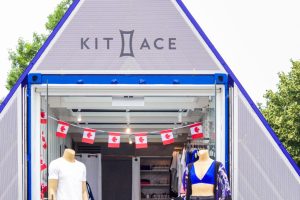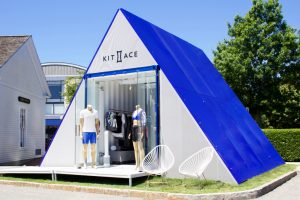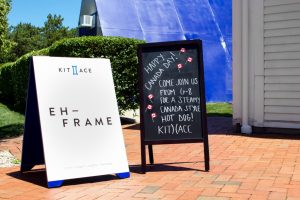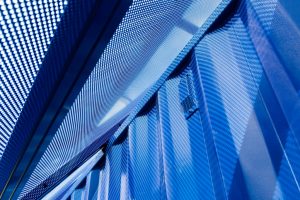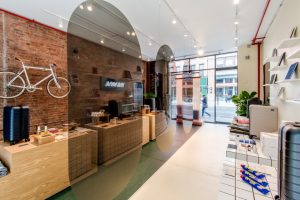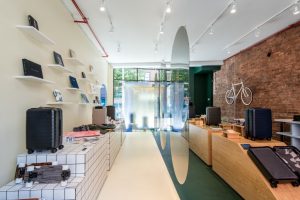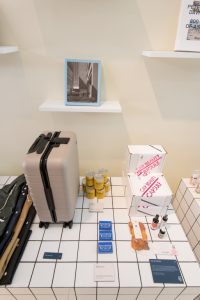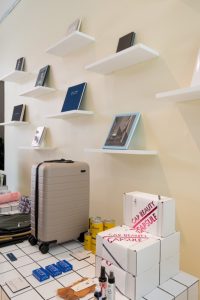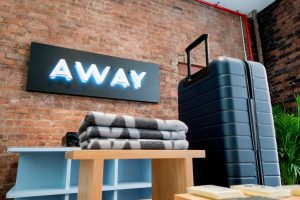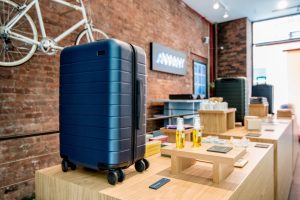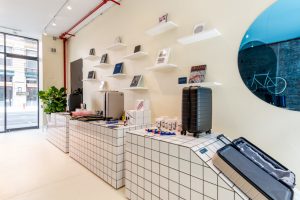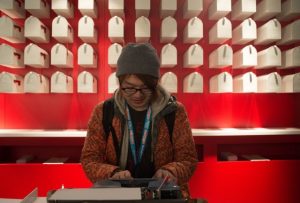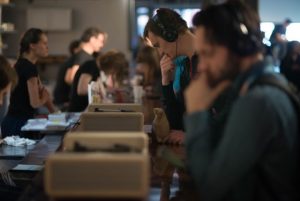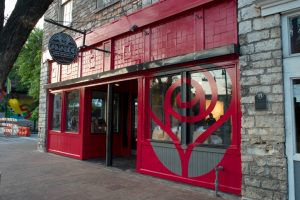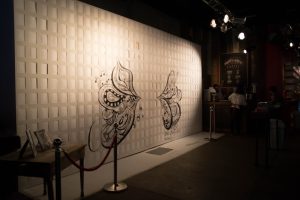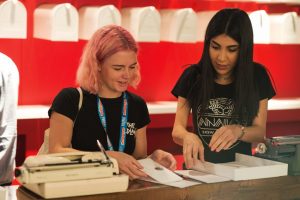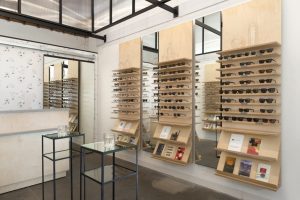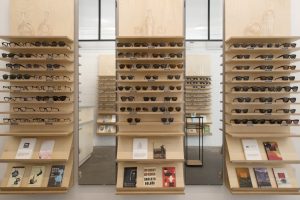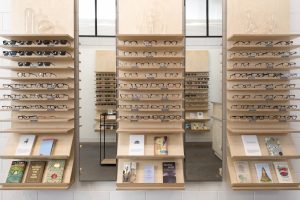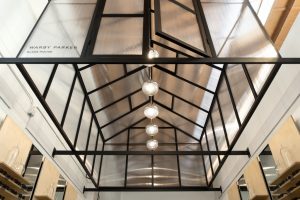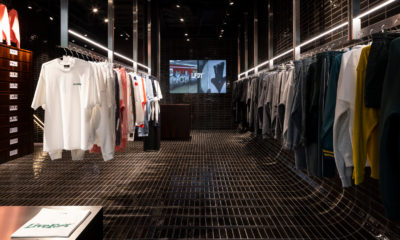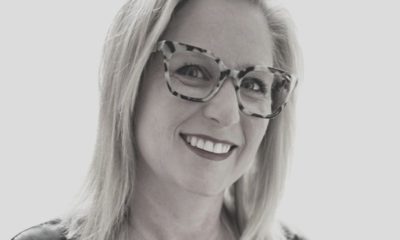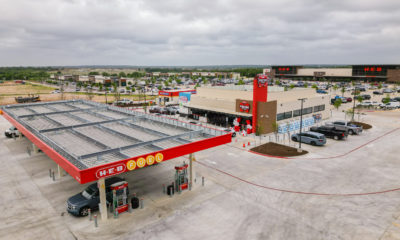From well-established brands to fresh faces on the scene, retailers are employing pop-up shops more than ever to propel their nameplates into shoppers’ collective conscious. From traveling storefronts and brick-and-mortar premieres to full-blown destination events, this year’s pop-up shops prove this industry segment won’t be disappearing anytime soon.
ON THE ROAD
Modeled after a Canadian A-frame cottage and influenced by the country’s colloquial “Eh?” interjection, Vancouver, British Columbia-based Kit and Ace’s “Eh-Frame” pop-up is the nearly 2-year-old “technical cashmere” retailer’s third pop-up shop since its inception. Traveling this summer through the U.S. East Coast, the temporary space is intended to connect its American customers to its Canadian roots.
Kit and Ace, Eh Frame traveling pop-up, summer 2016 / Photography: Courtesy of Kit and Ace, Vancouver, British Columbia
The pop-up – fashioned from a repurposed shipping container – has a streamlined, minimal aesthetic and caters to one of the traveling shop’s most important needs: portability. The store’s “roof” is made of aluminum and can be broken down and shipped on a flatbed truck with quick assembly at the next site.
On the surface, the most appealing aspect of a pop-up shop is the lower cost of doing business, so newer brands like Kit and Ace can formally introduce themselves to shoppers in several locations at a much lower expense than the cost of one or more permanent stores.
Advertisement
“We’re still a young company … We’re testing new markets and new products, and pop-ups are the perfect way for us to do just that,” said Kit and Ace Founder JJ Wilson, son of Lululemon Founder Chip Wilson, in an exclusive interview with VMSD. “With a pop-up, there isn’t the same level of permanence or commitment, so we have the freedom to experiment with unique designs and locations.”
POP-UP PARTNERSHIPS
Besides the agility afforded by a temporary storefront’s run and scalability, pop-up shops also create opportunities for unexpected partnerships and collaborations that, say, a flagship or large-scale rollout may not.
Presenting its brick-and-mortar debut this spring and summer, online luggage retailer Away (New York) – also a newer brand, founded in November 2015 – credits its NoHo, New York, pop-up as the ideal vessel for the company’s physical launch. “[We considered other options], and at the end of the day, we wanted to create a place that would really be a platform for collaboration and events – a space beyond just the luggage that we make,” says Jen Rubio, founder, Away.
Although the brand is solely known to its online customers as a luggage retailer, the pop-up showcases products from around the world to appeal to its globally minded audience. It even hosts dual storefronts within one floorplan, both with complementary minimalist design elements from its muse cities Stockholm and Tokyo.
Away pop-up, NoHo, New York, summer 2016 / Photography: Albert Cheung/FRAME, New York
Advertisement
Shoppers enter from either Mulberry or Lafayette Street and are guided on an international product journey with hard-to-find treasures from each city, which the company curated from merchants in each locale. Highlighting the store’s hero merchandise, a “packing bar” gives guests the opportunity to test out luggage and fill it with apparel from Yamaguchi, Japan-based Uniqlo (another one of its partners) for demonstration purposes.
“If your cool friend went to Tokyo or Stockholm, what would they bring back?” asks Rubio. “A lot of what we brought back are things you can only get in Japan [or Sweden] … and we wanted to instill that feeling of discovery and aspiration in our customers.”
A ‘SHARE’ SOCIETY
While, traditionally, the success of standard retail stores is measured on a cost-per-square-foot basis, pop-ups often operate within a brand’s marketing and advertising budget, explains Sam Ewen, partner of design firm Guild (New York).
“The idea is that you’re creating a really cool experience, and you’re getting a couple hundred people in there each day, they’re putting your stuff on [social media], and suddenly you’ve reached similar numbers of people as if you’d just taken out a targeted ad campaign,” he says.
Ewen’s firm did just that with a pop-up shop it created for American Greetings at Austin, Texas’ South by Southwest (SXSW) festival this year. Going against the grain within a crowded, digitally focused portion of the event, the pop-up captured the greeting card company’s longstanding specialty in analog interactions and married traditional and tech in an unexpected way.
Advertisement
American Greetings pop-up, SXSW, Austin, Texas, March 2016 / Photography: Tomas Segura, Austin, Texas
Something of a hipster paradise, the pop-up included custom-made greeting cards, typewriters and vinyl records, while encouraging attendees to linger and send snail mail to real-life acquaintances or “anonymously” to other guests of the pop-up via rows of old-school mailboxes lining a wall of the shop. The location hosted appearances from such famed guests as The Roots’ Questlove and artist Michael-Birch Pierce, who stitched guests’ selfies onto fabric cards.
Each aspect of the pop-up was intended to be something visitors could share with their social media networks, explains Ewen. “People are using social media to show their moods and their sentimentality, which plays right into what American Greetings does.”
BEYOND THE POP-UP
Giving retailers the perfect venue to experiment with their storytelling concepts, marketing and store designs, many pop-ups have proven lucrative enough to become permanent fixtures. In recent years, trendy eyewear retailer Warby Parker (New York) gained notoriety for its transition from online to pop-ups to flagships. In one of its latest ventures, the eyewear brand partnered with Los Angeles-based indie retailer Alchemy Works to present a temporary shop-in-shop within the host company’s pop-up. With the store’s success, it’s gone on to remain in LA’s hip Arts District for more than a year.
Part of the team who designed the Warby Parker shop-in-shop, Philip Otto, principal, Otto Design Group (Los Angeles), explains that for brands who are unfamiliar with the pop-up process, it’s important to educate clients on the details.
“With pop-ups, usually the starting point is, ‘We want to do this right away with no process,’ and that’s not realistic,” he says. “I think the real estate search is sometimes taken lightly, but if [retailers] do a series of pop-ups [like Warby Parker], they get really good at it.”
Warby Parker's Alchemy Works shop-in-shop, Los Angeles, current / Ken Tisuthiwongse, Los Angeles
An essential key to a successful pop-up is aligning the shop’s storytelling with the brand and its audience. But a couple things to keep in mind when planning a new pop-up, he says, is the permit process and the fact that most of the leftover materials will end up in a landfill if not recycled or reused afterward. Two ways to avoid this are to rent the materials needed for the shop, when possible, or to embrace DIY methods that upcycle old materials.
The increase in pop-ups is not only beneficial to retailers. It also gives designers and firms an outlet to test new methods and challenge their creativity. “You don’t have a year to design, you have a month,” says Otto. “It’s more like a sketch – it’s got this sense of spontaneity that’s really fun and gets lost in a longer, more formal process.”
And despite the inherent “here today, gone tomorrow” quality of pop-up shops, it’s evident that they’ll only become more prevalent in the future retail landscape.
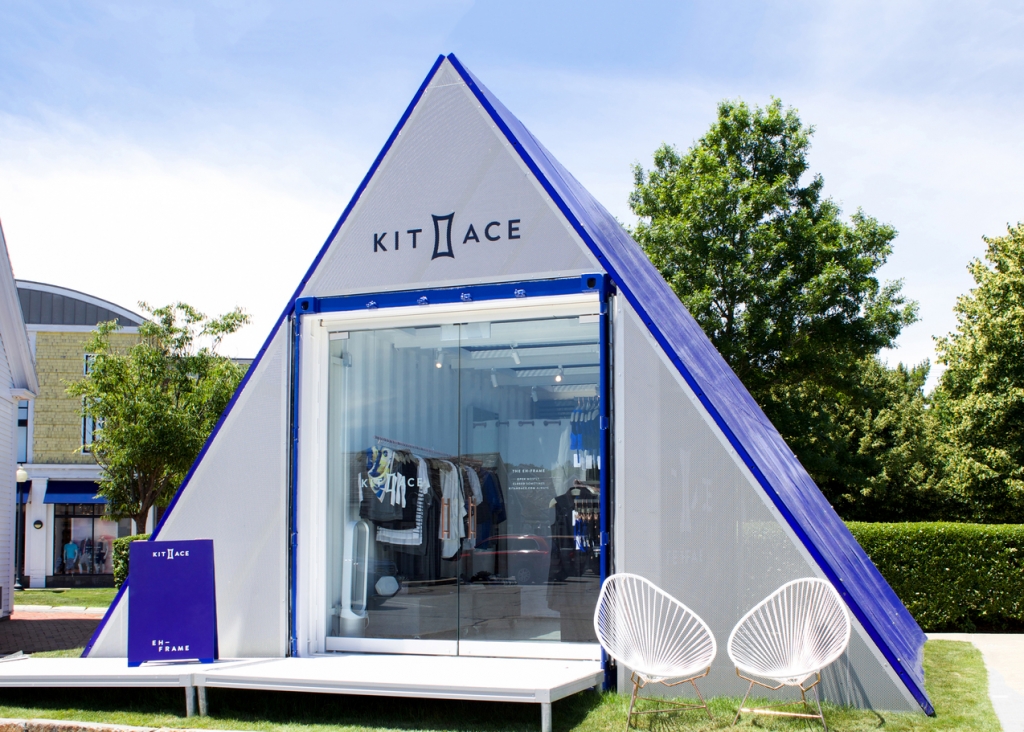

 Headlines6 days ago
Headlines6 days ago
 Headlines2 weeks ago
Headlines2 weeks ago
 Headlines1 week ago
Headlines1 week ago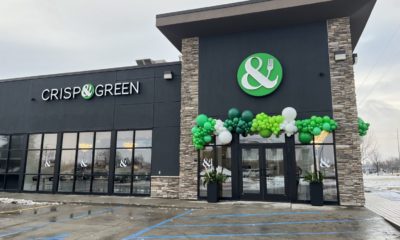
 Headlines2 weeks ago
Headlines2 weeks ago
 John Ryan2 weeks ago
John Ryan2 weeks ago
 Sector Spotlight1 week ago
Sector Spotlight1 week ago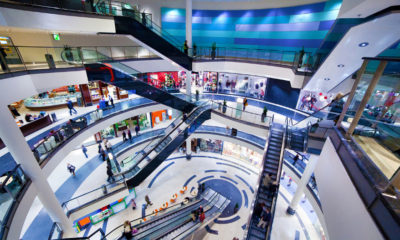
 Headlines2 weeks ago
Headlines2 weeks ago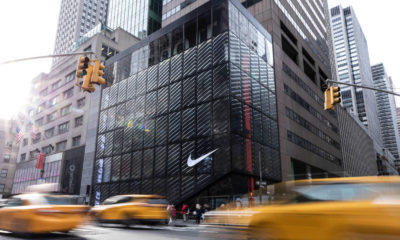
 NEXT UX2 weeks ago
NEXT UX2 weeks ago


